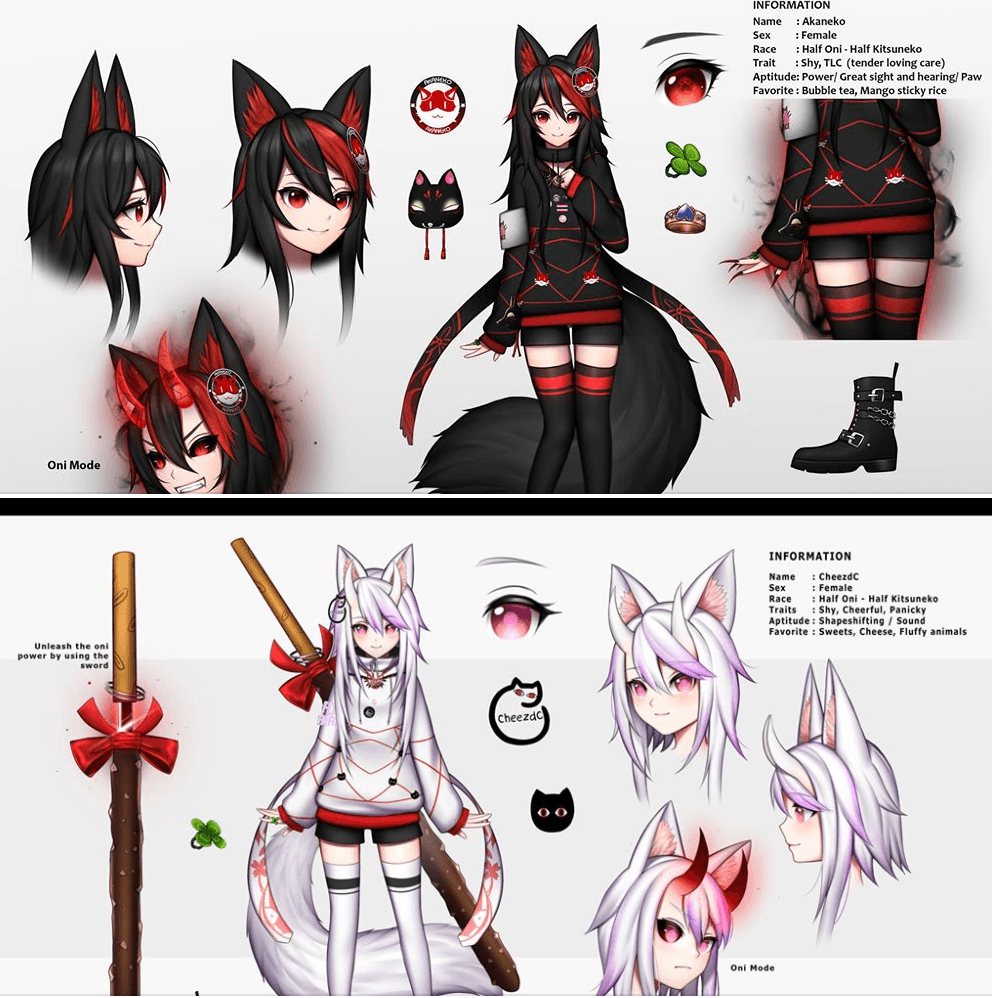
By Kiki Schirr, {grow} Contributing Columnist
The July 2018 cover story of Fortune magazine featured an in-depth look at the current state of virtual reality (VR). The conclusion of the article was that while VR was certainly an interesting concept, the trend is toward augmented reality (AR) while the technology capability of VR catches up to its potential.
However, this article was written prior to the release of the Oculus Quest, the latest headset from Oculus (acquired by Facebook in 2014). One main selling point of the Quest over previous editions like the Rift is that the Quest does not necessarily require a high-powered computer to run games. Unlike the pared-down Oculus Go ($199) the Quest has greater capabilities and even adds eye-tracking to its suite of features.
Therefore, the total cost to play your first VR game could be $399, a price point comparable to most game consoles. The Rift required a computer with hefty processing power. Therefore, it also commanded a hefty price tag. It was often suggested that a $2,000 computer would be a good price point for someone wishing to optimize their game play.
Sales numbers on the Oculus Quest have not yet been released by Facebook. However, articles like this one from Variety estimate that they will quickly out-perform the sales of the Oculus Go, perhaps selling 1.3 million units in 2019.
Virtual reality and social media
If you’re wondering how social media marketing and virtual reality collide, the answer lies in games like VRChat and Rec Room, both massively multiplayer online games (MMOGs) meant for casual social interaction.
In games like these, hanging out is the main goal. When you enter the game, you are represented by an avatar, which can be provided by the game for free–though serious users often will purchase or build custom avatars to represent their online identity.
A quick search of Fiverr, which is a notoriously underpriced marketplace for services, suggested that a custom avatar could cost you less than $50 — or more than $500, depending on in-game capabilities.

This is an example of commissioned avatars.
While I agree with Fortune’s assessment that Beat Saber is VR’s most likely “killer app,” with its addictive swiping of virtual lightsabers to match popular songs, social interactions through virtual reality will become increasingly common.
In fact, companies like InsiteVR have sprung up to meet the needs of distributed teams looking to meet in a professional VR setting. With the addition of eye-tracking technology, it is only a matter of time before avatars will be able to display a user’s mood by mimicking her facial expressions.
The avatar nation
The appeal of using an avatar instead of your own face via a video service like Skype might not be immediately apparent. However, there are a few key benefits.
- When telecommuting, an avatar representation is always well-dressed and clean-shaven (we’ve all been there right?).
- For some individuals an avatar better represents who they feel like inside.
- It offers a degree of privacy when meeting strangers for the first time.
On its landing page, VRChat lists seven reasons to start using its service. Alongside making international friends and expressing your identity through avatars, another reason is: “Many users report that VRChat has helped overcome social anxiety.”
In my experiences with similar computer video chats, many would-be users were too wary to show their face online. An avatar allows these individuals to befriend strangers and become intimate from behind a friendly mask.
Virtual reality and chat
Virtual-reality-based chats like VRChat and Rec Room build upon many elements of Second Life but within a new platform. Virtual reality allows greater interactivity through responsive movement of avatars and a feeling of being immersed in a different world.
The options for marketers to enter these environments are currently limited and will require creativity. A good starting point would be to hire a Unity developer to create customized pieces of an avatar for free distribution amongst your biggest fans. Put your logo on a cool T-shirted torso, or offer branded accessories like scarves or over-ear headphones so your fans can assemble an avatar that reflects their love of your brand.
The future of marketing will certainly include AR/VR. What are your thoughts about how it could be used in your business?
 Kiki Schirr does growth marketing for the automated API documentation tool Redoc.ly. Kiki enjoys absorbing the tech scene and current trends. You can contact her easily through Twitter.
Kiki Schirr does growth marketing for the automated API documentation tool Redoc.ly. Kiki enjoys absorbing the tech scene and current trends. You can contact her easily through Twitter.


